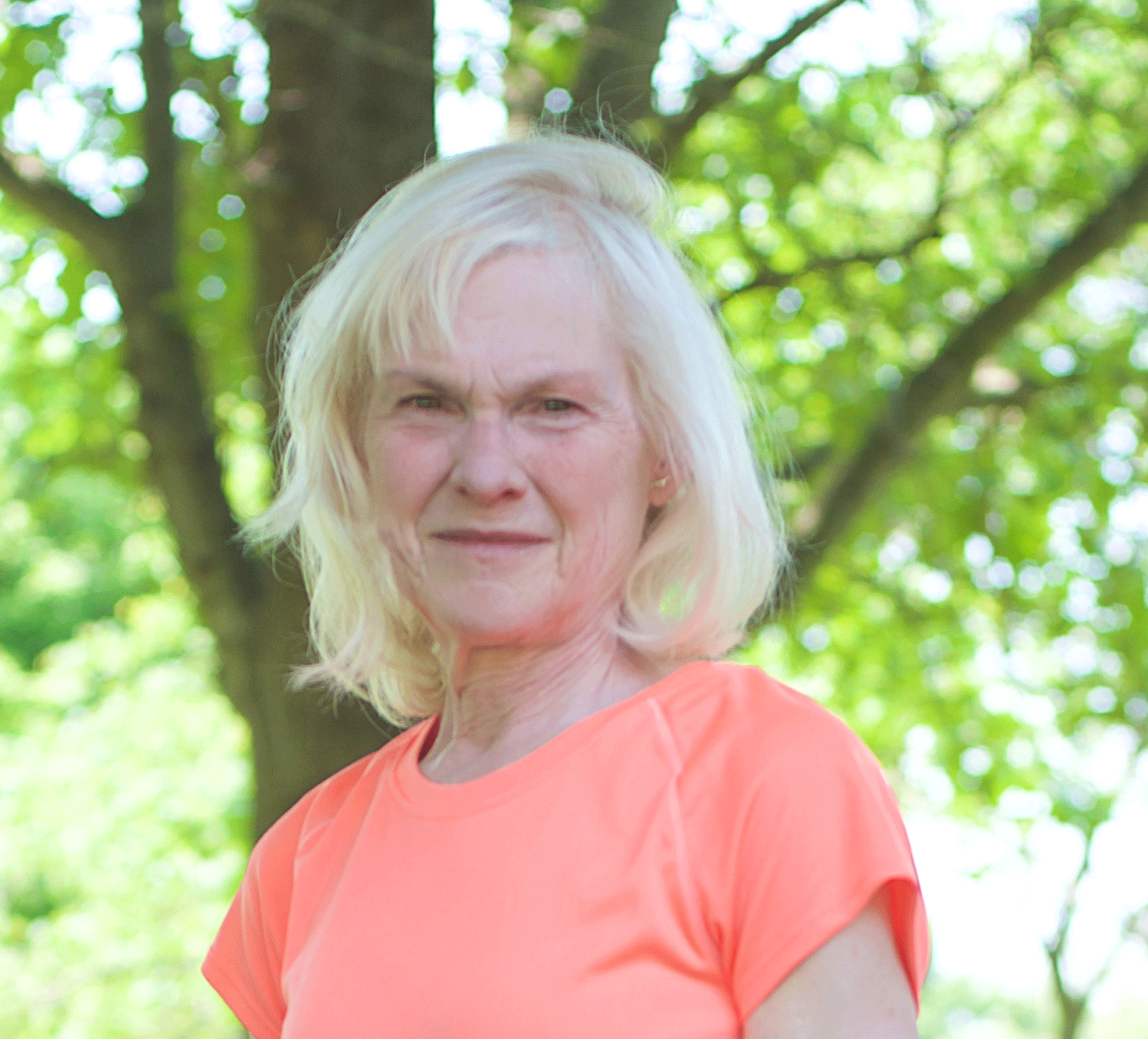Vitiligo discomfort stops with sunscreen use
One woman's story about how something so simple could make such a difference

“I didn’t know why my skin tingled,” Peecher said during an interview.
“I had white patches on my skin, but so did my father. He never went to the doctor for this.” Neither did her uncle who was her father’s twin brother. “They just thought they had patchy skin,” Peecher said.
That was what Peecher thought about her own skin until a dermatologist diagnosed her with vitiligo.
Vitiligo is a skin condition that causes the skin to lose its color. As the skin pigment disappears, people see white (or lighter-colored) patches. Unlike Peecher, most people see changes to their skin color, but they don’t feel anything.
Some people develop a few patches of vitiligo. Others lose much more skin color.
By the time Peecher saw a dermatologist, she had white patches on her face, arms, back, and legs.
During that first appointment, her dermatologist talked about treatment options. Peecher listened carefully to her options because the white patches really bothered her.
As her dermatologist carefully explained what each option treatment involved, Peecher realized that she was in excellent hands. Her dermatologist knew so much about vitiligo and how to treat it.
By the end of the talk, however, Peecher felt discouraged. With young children at home, none of the treatments were an option. She either couldn’t afford the treatment or didn’t have the time to go for treatment.
Peecher explained as much and asked her dermatologist if she knew of anything that would just stop her skin from tingling.
Her dermatologist recommended sunscreen, explaining that the lighter patches of skin are very sensitive to the sun and can sunburn easily.
“Applying sunscreen every day before going outside was something that I could do,” Peecher said enthusiastically.
Wearing sunscreen made a big difference
The first time she went outside while wearing sunscreen, Peecher noticed an immediate difference. “My skin didn’t tingle,” she said.
Peecher still applies sunscreen every day before she goes outdoors, and it still stops her skin from tingling.
To give her skin the protection it needs, she uses two sunscreens. One is a moisturizing sunscreen that is fragrance free and made for sensitive skin. She applies that to her face, wearing it under her makeup. The other sunscreen she applies to the rest of her skin that will be bare.
Both sunscreens offer:
Broad-spectrum protection (blocks both UVA and UVB rays)
SPF 30+
Peecher uses these two sunscreens year round.
Peecher’s optimism fuels her self-esteem
Peecher feels thankful that over the years her skin tone has evened out. “My arms look completely white, and it’s not too noticeable on my back,” Peecher said. “My dermatologist said that could happen.”
She added that the vitiligo is still obvious on her legs. When she’s at the swimming pool, little kids ask why she has different colors of skin on her legs. This type of question once made her feel self-conscious. In high school, she covered up whenever she could.
Today, Peecher has a different attitude. She says, “The kids don’t mean any harm. They’re just curious like most little kids.”
She feels thankful that she found a doctor who helps her. She’s amazed at how much her dermatologist knows about vitiligo.
She also feels lucky that all she has to do to is apply sunscreen every day to feel better.
Dermatologists recommend sunscreen for everyone who has vitiligo
You’ll find the type of sunscreen that dermatologists recommend along with the benefits of wearing it at, Vitiligo: Self-care
 Atopic dermatitis: More FDA-approved treatments
Atopic dermatitis: More FDA-approved treatments
 Biosimilars: 14 FAQs
Biosimilars: 14 FAQs
 How to trim your nails
How to trim your nails
 Relieve uncontrollably itchy skin
Relieve uncontrollably itchy skin
 Fade dark spots
Fade dark spots
 Untreatable razor bumps or acne?
Untreatable razor bumps or acne?
 Tattoo removal
Tattoo removal
 Scar treatment
Scar treatment
 Free materials to help raise skin cancer awareness
Free materials to help raise skin cancer awareness
 Dermatologist-approved lesson plans, activities you can use
Dermatologist-approved lesson plans, activities you can use
 Find a Dermatologist
Find a Dermatologist
 What is a dermatologist?
What is a dermatologist?